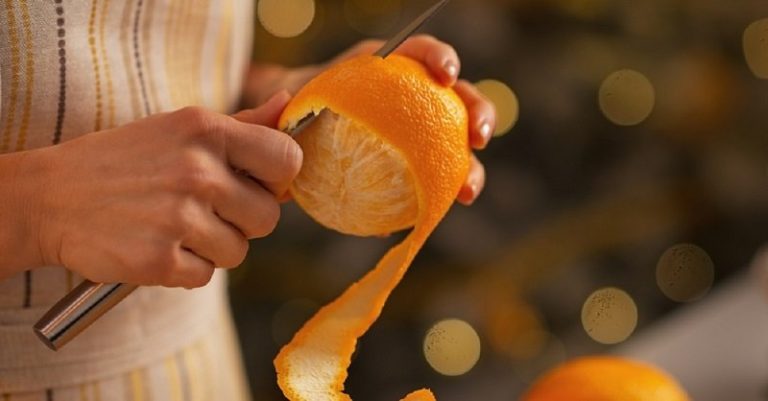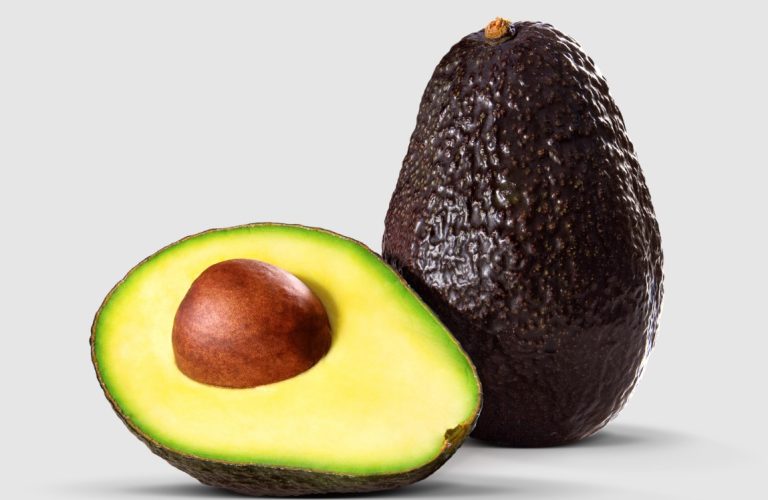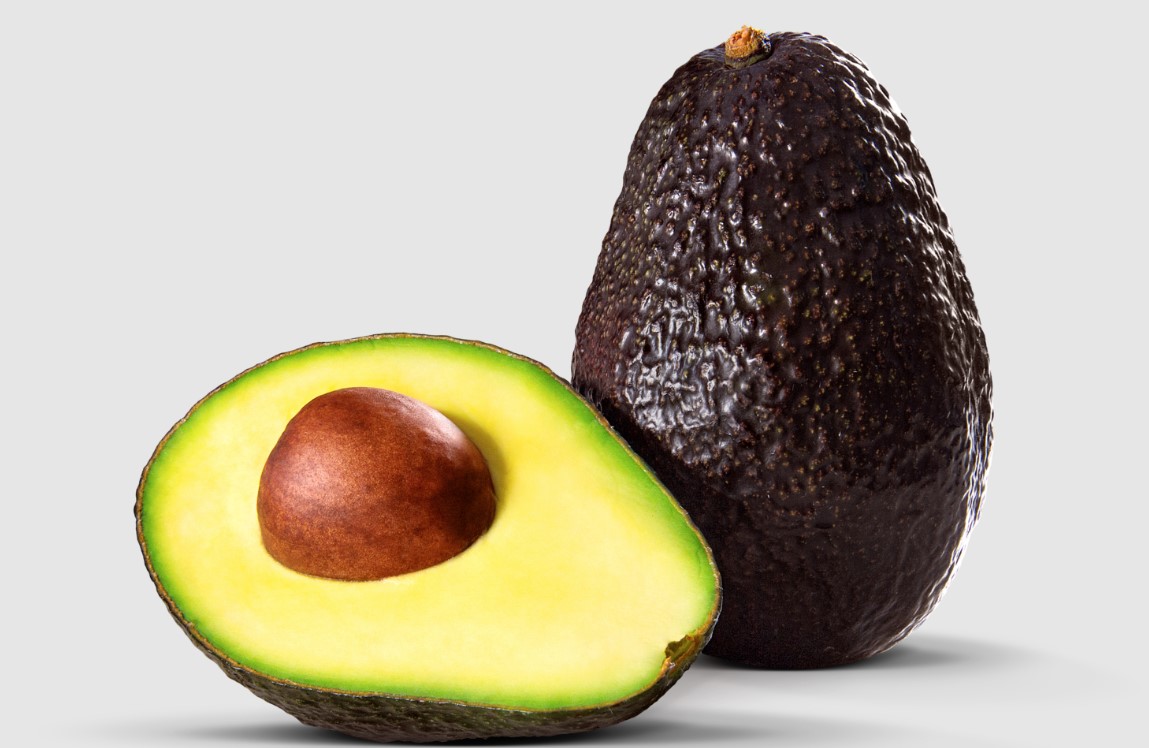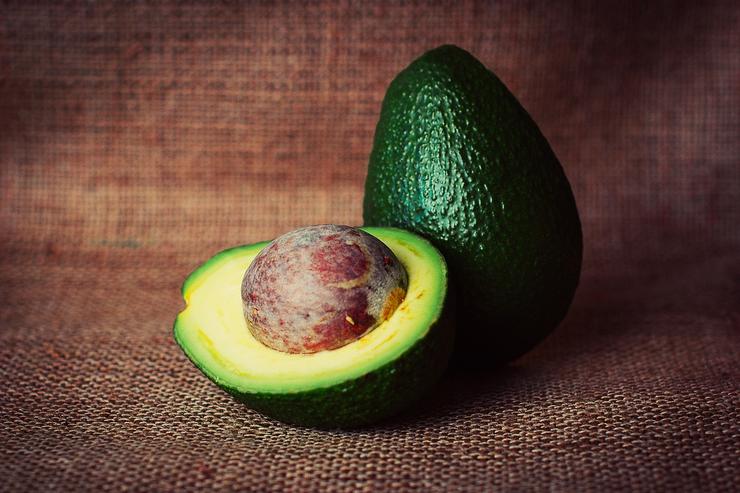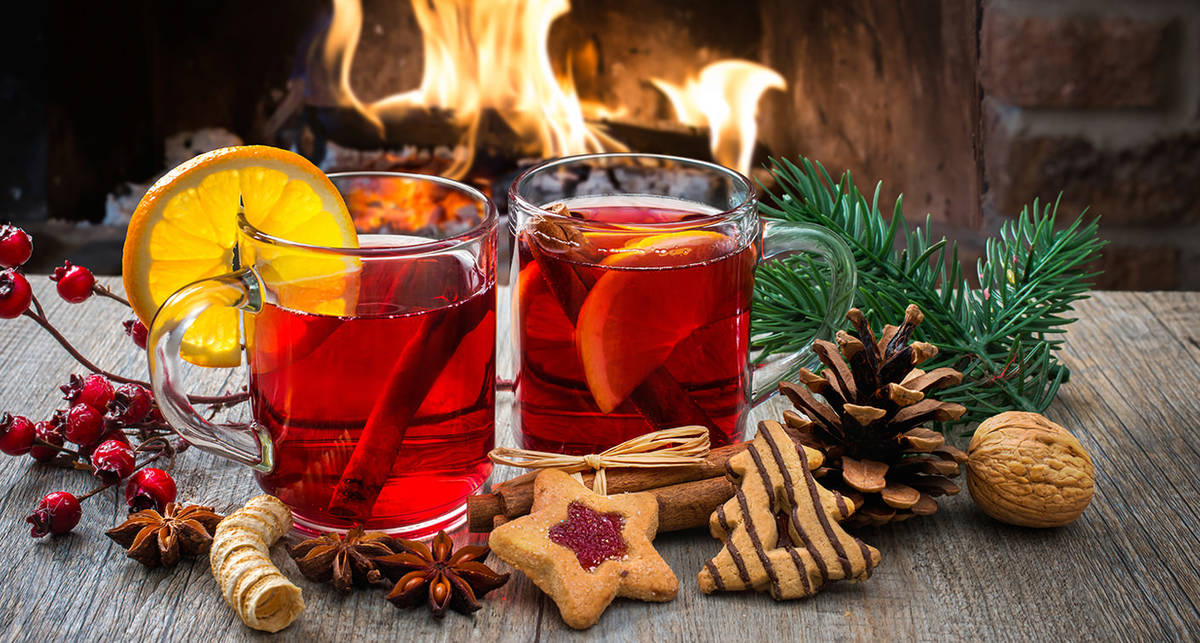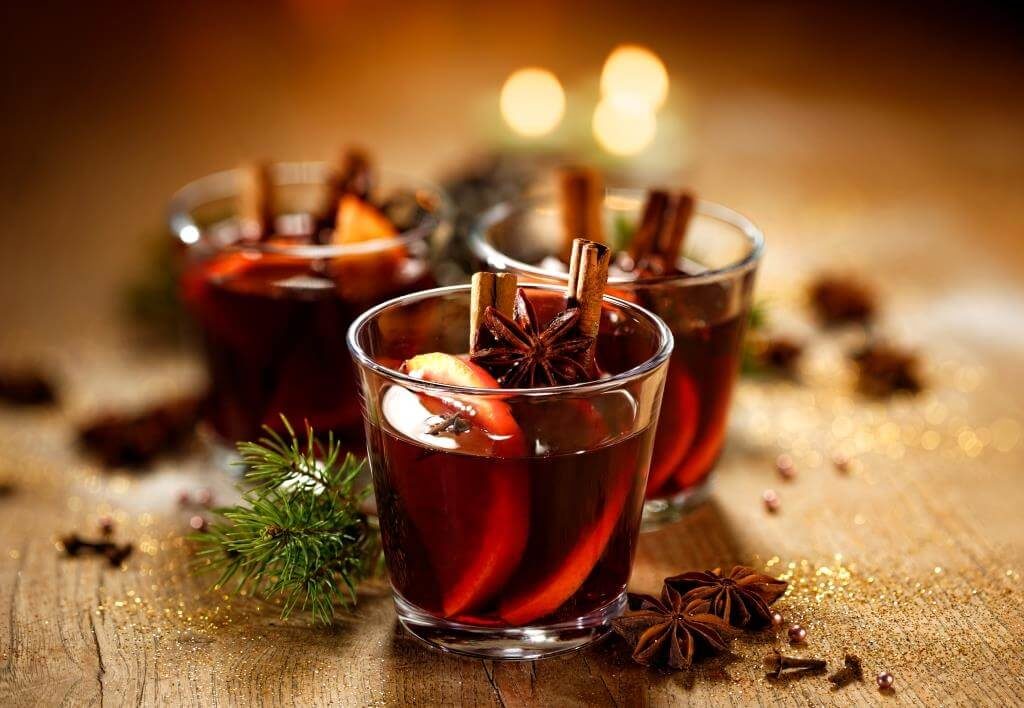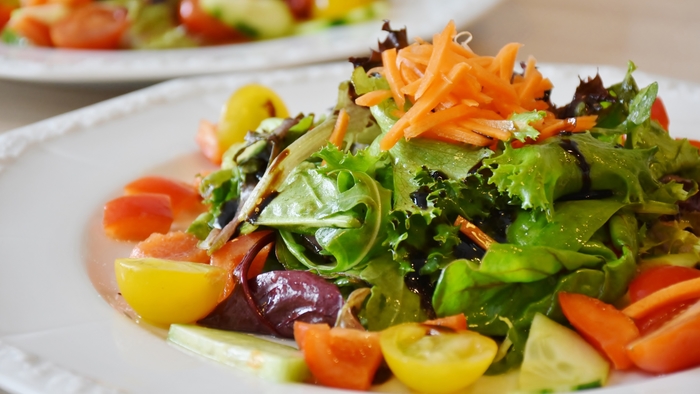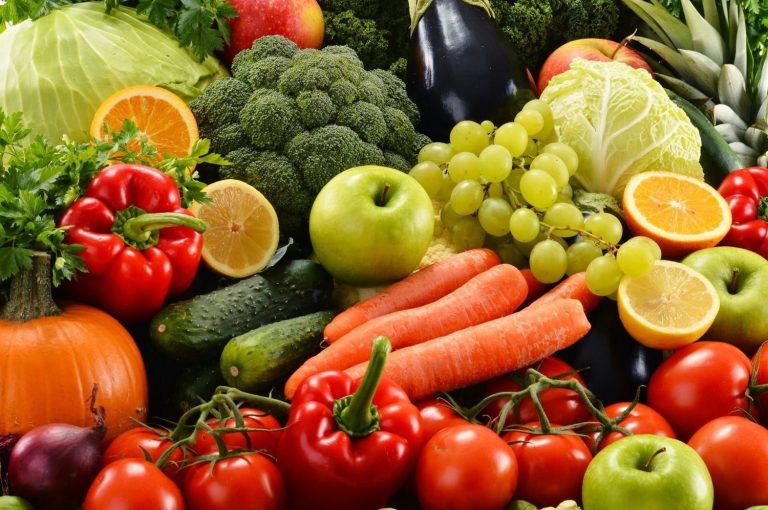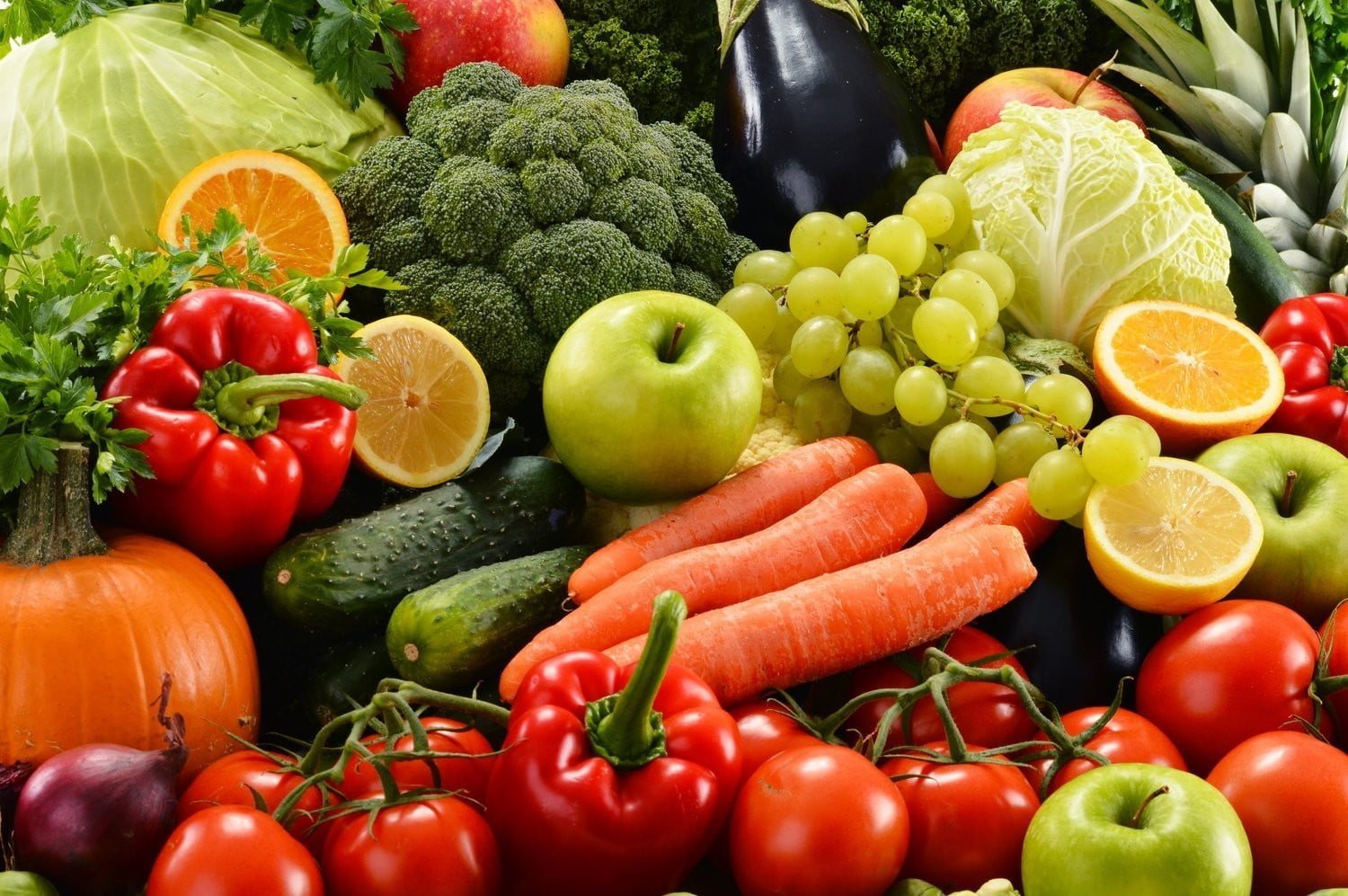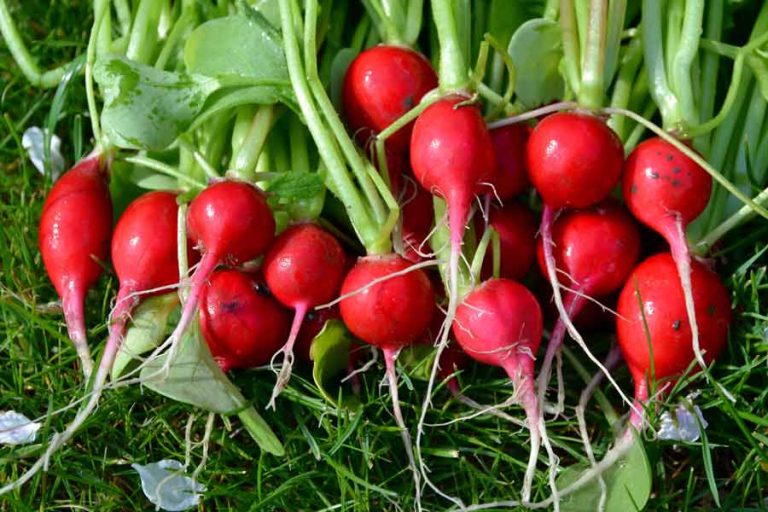Oranges smell wonderful and taste delicious. But the orange peels are too good to be thrown away. We’ll tell you how to continue using them.
Oranges are one of the most popular types of fruit, and not just in the cold season when you’re sitting comfortably indoors. No wonder, because they are delicious and contain a lot of vitamin C. But very few people think about the ecological balance of the delicious citrus fruit. For their production alone, 560 liters of water are used per kilogram of oranges in Mediterranean regions. If the citrus fruits come from further away, it is often even more liters. The oranges that you can buy from us mostly come from Spain or Italy. A lot of CO2 is emitted on the long transport routes.
Therefore, you should pay attention to the following when buying:
Only buy organic oranges and make sure they are grown fairly. Many pickers in conventional farms are only paid a pittance.
Pay attention to the country of origin. Opt for fruits that have been grown in Europe rather than those from South America.
Although oranges can be bought all year round, their main season is from November to March, as they are harvested in autumn. So it is better to buy oranges in these months than in summer.
Keep the oranges in a cool, ventilated place and consume them within a few days. Otherwise they can easily spoil.
Since the ecological balance of oranges is rather poor, you should use the citrus fruit completely – including its peel.
Basically, you can use the bowl in different forms:
Fresh: Use the zest immediately after peeling the orange
dried: Place the orange peels on the heater or let them dry at room temperature on a kitchen towel for several days. Once the peels are dry, you can store them for a long time.
If you want to use the orange peel in the kitchen, you should definitely buy unsprayed organic fruit.
By the way: You can also use all of these tips on tangerine peels.
You can find out how you can use orange peel in the following sections.
This is how you continue to use orange peels in the household
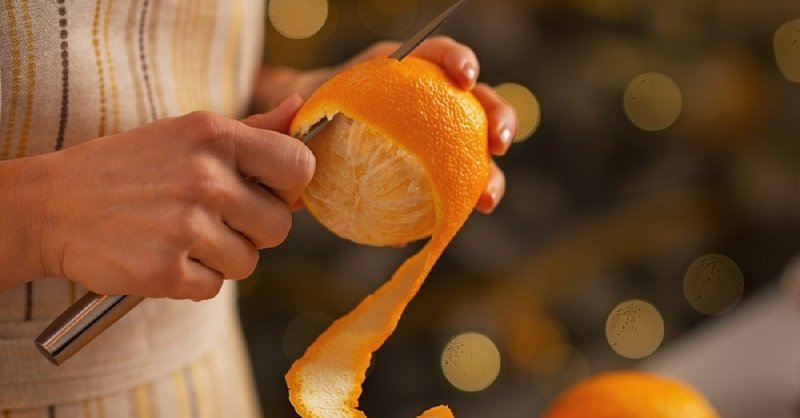
Remove limescale: You can use fresh, undried orange peels to combat limescale stains in the bathroom or kitchen, as the peels contain citric acid. You can rub off affected fittings with the inside of fresh orange peel, which will make them look almost like new again.
Neutralize odors: You can use fresh orange peel to remove odors, for example if plastic bowls or lunch boxes smell unpleasant. Rub them with the peels and then wash them out thoroughly.
Against stench in the oven: Orange peels even help against stench in the oven: simply heat them briefly in the oven. Thanks to the essential oils it contains, the bad smell will soon be a thing of the past.
Orange peel instead of fabric softener: You can also use untreated orange peel as an alternative to fabric softener. Simply put the shells in a cotton bag and put them in the wash. They help soften the water. In addition, everything smells wonderfully of oranges afterwards.
Orange peels instead of rinse aid: The same works as a rinse aid substitute for the dishwasher: simply put the fresh orange peels in the cutlery tray.
Orange peels against moths: Dried orange peels help against moths. Just put or hang a few in your closet.
Homemade all-purpose cleaner: You can easily make your own all-purpose cleaner from fresh orange peel and vinegar.
Orange peel: A versatile ingredient in body care
Help with blemishes: With the essential oils from orange peel you can fight age spots and pimples. Rub the white inside of a fresh orange peel over the affected area. If you repeat this a few times, the affected skin should recover.
Bad breath remedies: Chewing on untreated orange peel can help against bad breath. However, you should not do this too often, as the acid it contains can damage your tooth enamel. You should then give yourself some time before brushing your teeth the next time.
Shiny hair: You can also make hair conditioner from orange peels. Put the orange peels in a bowl and cover them with apple cider vinegar. Let the whole thing steep for about two days. Then pour off the orange peel and fill up the vinegar solution with water. It should be about three times as much water as apple cider vinegar. After washing your hair, pour the conditioner over your head without rinsing it out afterwards. The acidic rinse removes residue from your hair and gives it new shine.
Orange peels bring delicious flavors to the kitchen
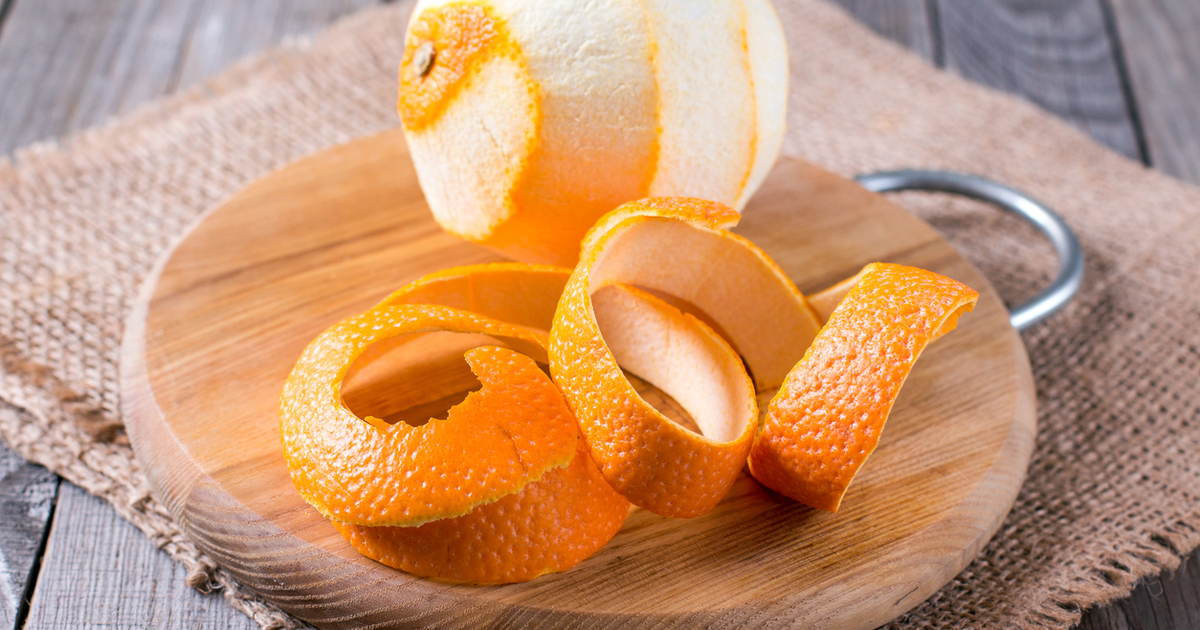
Orange tea: You can quickly and easily make your own tea from orange peel. To do this, pour hot water on them when they are fresh or dry. The tea should steep for about ten minutes. The peel of an orange is enough for a pot of tea.
Citrus aroma for baking: With dried lemon, tangerine or orange peel you can give your home-baked pastries a fruity note. Plane off part of the peel and let it dry well. After that, you can store the pieces in a jar. Make sure the can is dry and airtight.
Vitamin C powder: Using a blender or food processor, crush dried tangerine or orange peel until pulverized. You can sprinkle the vitamin C powder obtained in this way over your muesli or eat a spoonful every now and then to strengthen your immune system.

